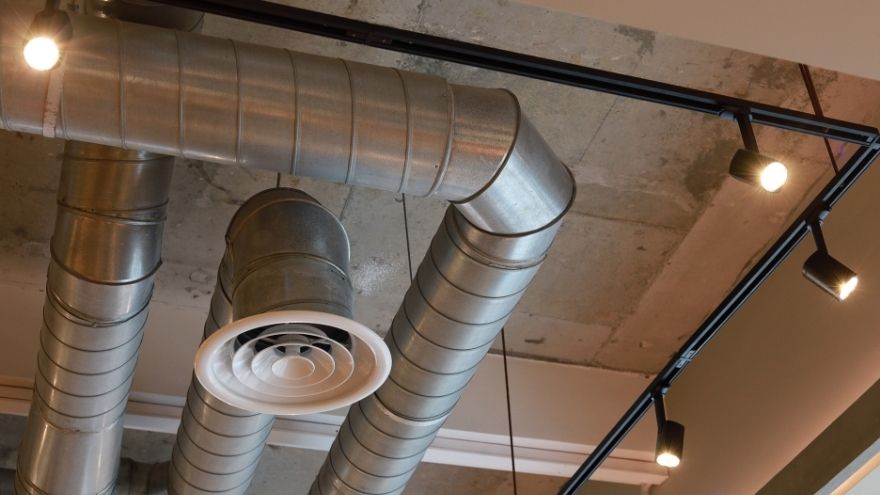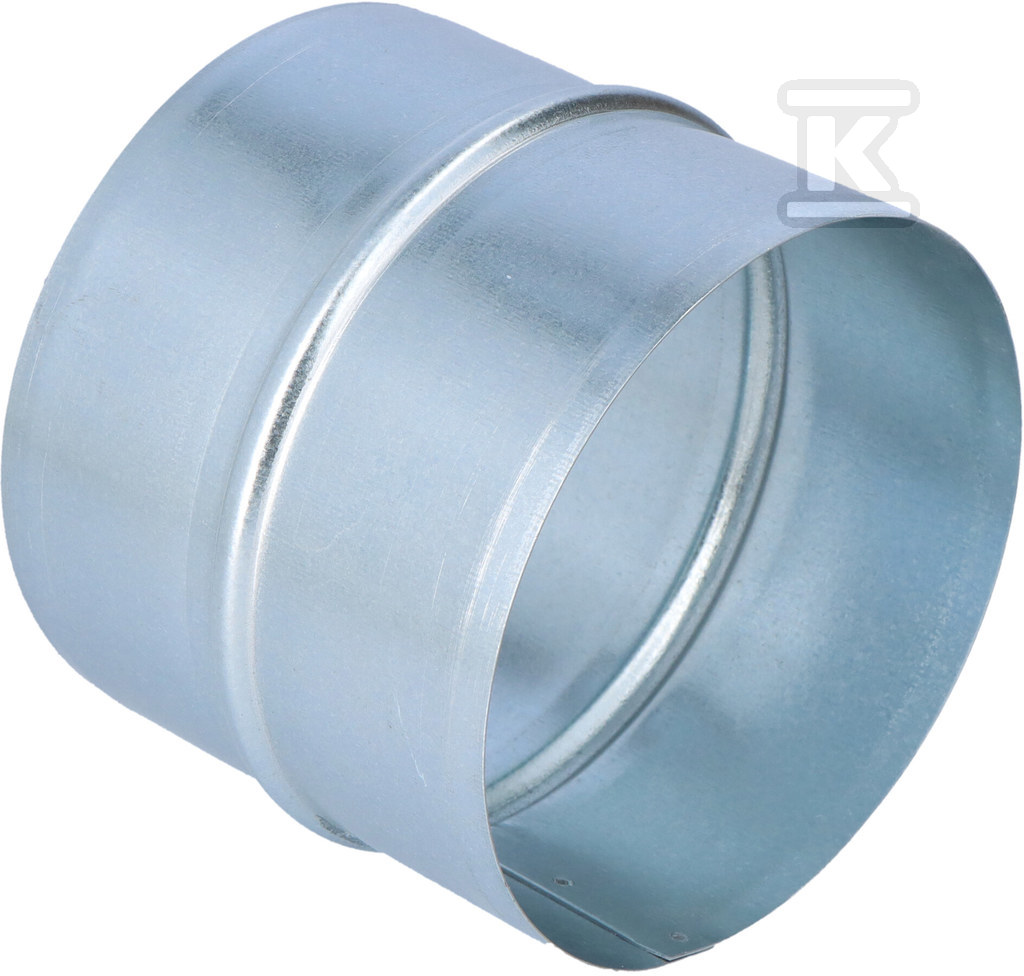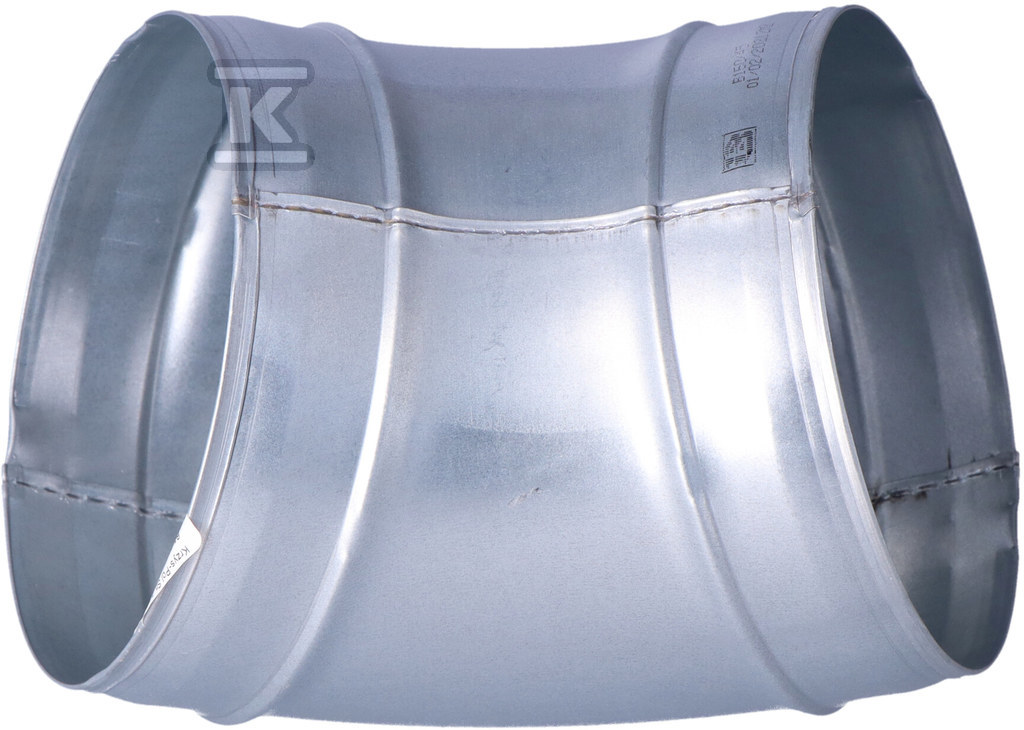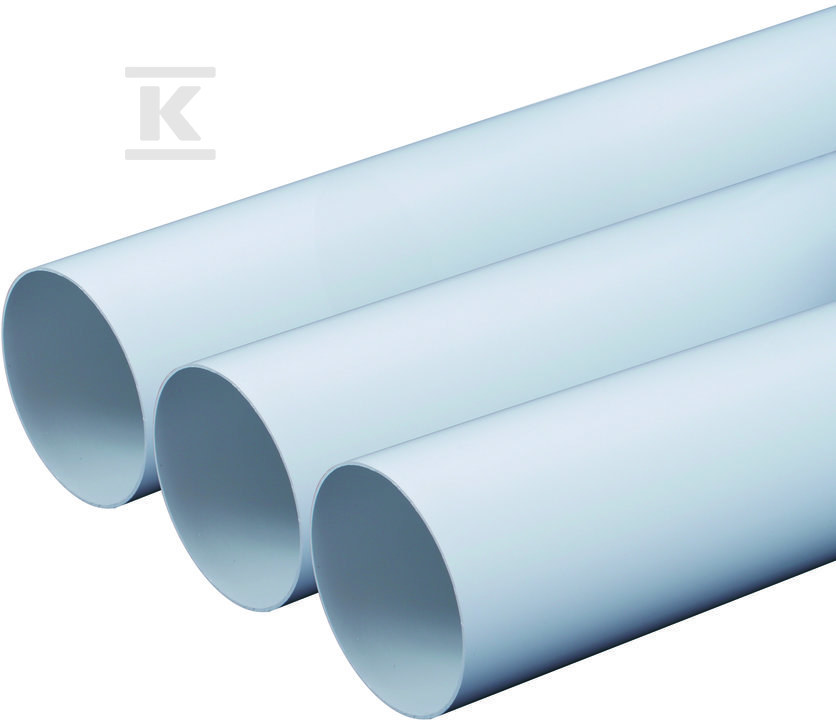The efficiency, reliability and noise level of mechanical ventilation depend on the choice and installation of ventilation ducts. A properly made system is quiet, tight and resistant to deformation. The ventilation system can be based on round or rectangular ducts. Round ventilation ducts are the basis of the ventilation system in many residential buildings and commercial facilities. This article will tell you what to consider when choosing round ventilation ducts and what to remember during their installation and maintenance.

Check out ventilation ducts and fittings at the Onninen wholesaler
What should you consider when choosing the diameter of ventilation ducts?
Mechanical ventilation consists of intake and exhaust ventilation ducts, which are used to distribute air. Circular ducts have different diameters. In the process of selecting the diameter of ventilation ducts, the maximum air flow resistance (Pa/m) or the maximum air flow velocity in the ducts (m/s) are taken into account. These are the two leading methods of making calculations.
Air flow rates in ventilation ducts
 Following the recommendations regarding the air flow rate in ventilation ducts allows to reduce the noise level to a minimum. It is worth remembering that the sounds coming from the ventilation become more clearly audible and therefore more bothersome, especially in the evenings and at night. The recommended air flow rates should be adapted to the purpose of the building and the type of ventilation ducts - whether they are main ducts or ducts supplying air directly to the air supply vent, exhaust vent or ventilation grilles.
Following the recommendations regarding the air flow rate in ventilation ducts allows to reduce the noise level to a minimum. It is worth remembering that the sounds coming from the ventilation become more clearly audible and therefore more bothersome, especially in the evenings and at night. The recommended air flow rates should be adapted to the purpose of the building and the type of ventilation ducts - whether they are main ducts or ducts supplying air directly to the air supply vent, exhaust vent or ventilation grilles.
- In the case of single-family houses, the air flow speed in the ducts supplying air directly to the air supply/exhaust vent/ventilation grilles should be in the range of 2-3 m/s, and in the main ducts distributing the air, it should be in the range of 3-4.5 m/s.
- In the case of multi-family buildings, office buildings, public utility buildings, etc., these values should be within the range of 3-4 m/s and 4-5 m/s, respectively.
Some design offices provide different recommended air flow rates for air ducts with a circular and rectangular cross-section.
Circular air ducts
| Noise level in the channel, dB (A) | 25 | 30 | 35 | 40 |
|---|---|---|---|---|
| Main air duct without branches | 7 ÷ 9 (10 ÷ 15 m/)* | |||
| Main air duct with branches, m/s | 4 | 4.5 | 5 | 6.5 |
| Branch, m/s | 3 | 3.5 | 4 | 4.5 |
| Delivery to the final device, m/s | 2 | 2.5 | 3 | 3.5 |
*- flow rate used in industrial buildings and ships
The air speed on the grille is a maximum of 2 m/s
Selection of ventilation ducts according to demand and noise
A well-thought-out design of the ventilation ducts and their proper selection have a key impact on the operation of the entire network. Requirements and recommendations can be found in numerous legal acts. The most important regulations regarding the design and installation of ventilation are included in the Regulation of the Minister of Infrastructure of 12 April 2002 on the technical conditions that buildings and their location should meet. Ventilation ducts should be adapted to:
- maximum pressure and required tightness of the installation,
- parameters and properties of the flowing air,
- specific conditions occurring at the installation site.
 It is necessary to properly protect ventilation ducts exposed to mechanical damage and to ensure their thermal insulation in the case of unheated rooms or spaces. In addition, ventilation ducts should be made of materials with the least possible roughness and be easy to install. Acoustic insulation is also important. Air flowing through ducts generates unpleasant noises.
It is necessary to properly protect ventilation ducts exposed to mechanical damage and to ensure their thermal insulation in the case of unheated rooms or spaces. In addition, ventilation ducts should be made of materials with the least possible roughness and be easy to install. Acoustic insulation is also important. Air flowing through ducts generates unpleasant noises.
To reduce noise coming from the installation, the recommended air flow rates should be observed. Wherever air flows at a speed above 7 m/s, noise occurs. In order to reduce unwanted sound transmission, external acoustic insulation of the ducts is performed, e.g. in the form of special mats made of rock mineral wool with a single-sided layer of aluminum foil. Such a mat additionally plays the role of a thermal insulator and acts as an anti-condensation barrier.
 In residential buildings, the recommended air velocity in ventilation ducts is lower than in commercial buildings. For an acceptable noise level, especially at night, in branches directly supplying air supply and exhaust vents, the flow velocity should not exceed 2.5 m/s. By following the recommendations in this area, you will maintain the noise level in the room at a maximum of 30-35 dB.
In residential buildings, the recommended air velocity in ventilation ducts is lower than in commercial buildings. For an acceptable noise level, especially at night, in branches directly supplying air supply and exhaust vents, the flow velocity should not exceed 2.5 m/s. By following the recommendations in this area, you will maintain the noise level in the room at a maximum of 30-35 dB.
It should be remembered that for the ventilation system to function properly, it must be regularly maintained. This obligation rests with the building manager and results from legal regulations. Both the channels and the ventilation pipes require periodic cleaning. Cleaning is done dry or wet. Specialists performing the work are often supported by special devices with micro cameras.
We encourage you to familiarize yourself with the assortment of the Onninen wholesaler, which consists of, among others , ventilation ducts and fittings from the most recognized manufacturers in the HVAC industry. We offer steel ventilation pipes and fittings , plastic ventilation pipes and fittings , Spiro flexible ducts, diffusers, air vents and grilles, ventilation dampers, intakes, exhausts and caps, as well as assembly accessories such as threaded rods, clamps, perforated tapes or aluminum tapes. We provide assistance in selecting ventilation system elements from round ducts.
Check out ventilation ducts and fittings at the Onninen wholesaler